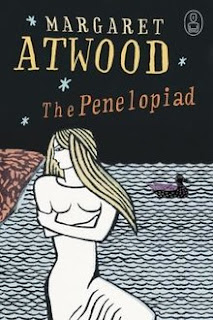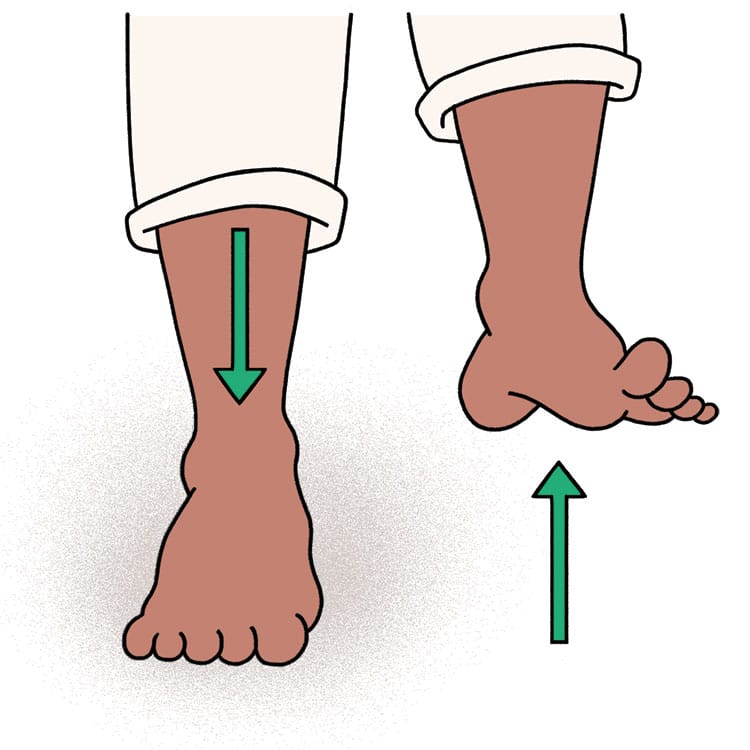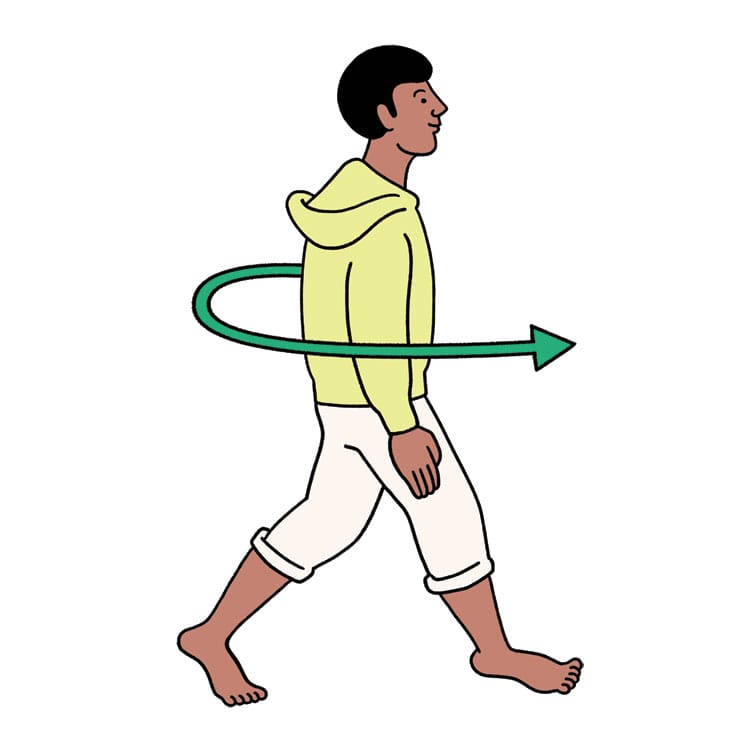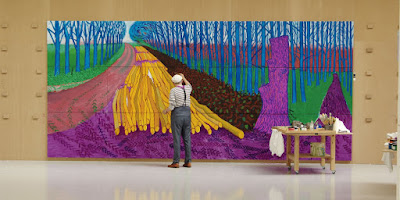Hace ya unos cuantos años una editorial escocesa, Cannongate, propuso a una serie de escritores que reescribieran algún mito de la antigüedad, dejándoles plena libertad para escoger el que quisieran.
Margaret Atwood se decidió por el tema de la fiel esposa de Ulises, que le esperó durante años hasta su regreso a la isla de Itaca.
Quiso en esta revisión particular de un mito reflejar las diferentes perspectivas sobre un mismo hecho y por ello 18 de los capítulos son contados por Penélope y en los 11 restantes escuchamos la voz de sus 12 criadas que fueron ahorcadas al regreso del héroe.
La distinta vara de medir para los géneros, las desigualdades sociales y las dinámicas de poder injustas se hacen patentes de esta forma.
Ulises engaña a su mujer más de una vez pero espera fidelidad y constancia en su esposa. Las criadas son castigadas después de haber sido maltratadas y violadas por los pretendientes de su señora ya que las esclavas carecen de derechos.
Penélope y las doce criadas comienza de una manera realmente curiosa. Con la sufrida y frustrada esposa de Odiseo contándonos su vida, obra y milagros ¡en pleno s. XXI y desde el mismísimo Reino de los Muertos! Así, nos enteramos por su propia boca de ciertas cosas que Homero no mencionó cuando cantó las glorias del varón de multiforme ingenio. Por ejemplo, del origen semidivino de la señora del caudillo aqueo. Y es que, resulta que la hija del monarca espartano Icario tuvo por madre ni más ni menos que a una náyade. La cual, dicho sea de paso, no destacaba precisamente por sus instintos maternales pues, en lugar de cuidar de su prole:
“Se escabullía e iba a bañarse en la fuente del palacio, o desaparecía y pasaba varios días contando chistes con los delfines y haciéndoles bromas a las almejas”.
Una vez cogida confianza, Penélope (o mejor dicho, su sombra) no tiene ningún problema en confesarle al lector las poco románticas razones que determinaron que con tan sólo 15 años fuera entregada en matrimonio a Odiseo, rey de un islote poblado de cabras con modales de ricacho de pueblo. Un caradura sin escrúpulos que, pese a no llamar la atención por la hermosura de su porte varonil, resulta ser un seductor nato, un golfo encantador que termina conquistándola.
Dispuesta a ajustar cuentas con aquella que, en sus propias palabras, le destrozó la vida, nuestra heroína no se inhibe a la hora de poner verde a la bellísima Helena, su prima. Una frívola con ínfulas de femme fatale que literalmente armó la de Troya y que, al fin y al cabo, fue la culpable de que Odiseo abandonara a su familia para combatir en una guerra que poco tenía que ver con él.
Por supuesto, la reina de Ítaca no se olvida de contar cómo fue su vida durante los 20 largos años en los que, debido a la ausencia de su marido, le tocó educar ella solita al ingrato de Telémaco y ejercer, además, de ama, administradora y gobernante. Será entonces cuando descubramos que la fiel y discreta Penélope fue una mujer práctica y tan astuta como Odiseo pues, de ser necesario, no dudaba en recurrir al engaño. Y aquí me estoy acordando (¡cómo no!) del famoso subterfugio del sudario tejido por el día y destejido por la noche para dar largas a los pretendientes que la acosaban y que, como todos sabemos, tan mal acabaron.
Además de en la Odisea, Penélope y las doce criadas se basa, principalmente, en Los mitos griegos. Obra de Robert Graves que inspiró a Atwood la teoría (cuestionable, aunque muy sugestiva) con la que intenta explicar los verdaderos motivos del ahorcamiento de las sirvientas a las que alude el título de su libro. Esclavas fieles injustamente vilipendiadas, según confiesa su señora, que a lo largo de la narración actuarán a la manera de los coros que caracterizaban al antiguo teatro griego.
http://stellasreading.blogspot.com.es/2015/04/margaret-atwood-penelopiad.html

 Illustrations by Tomi Um.
Illustrations by Tomi Um.













